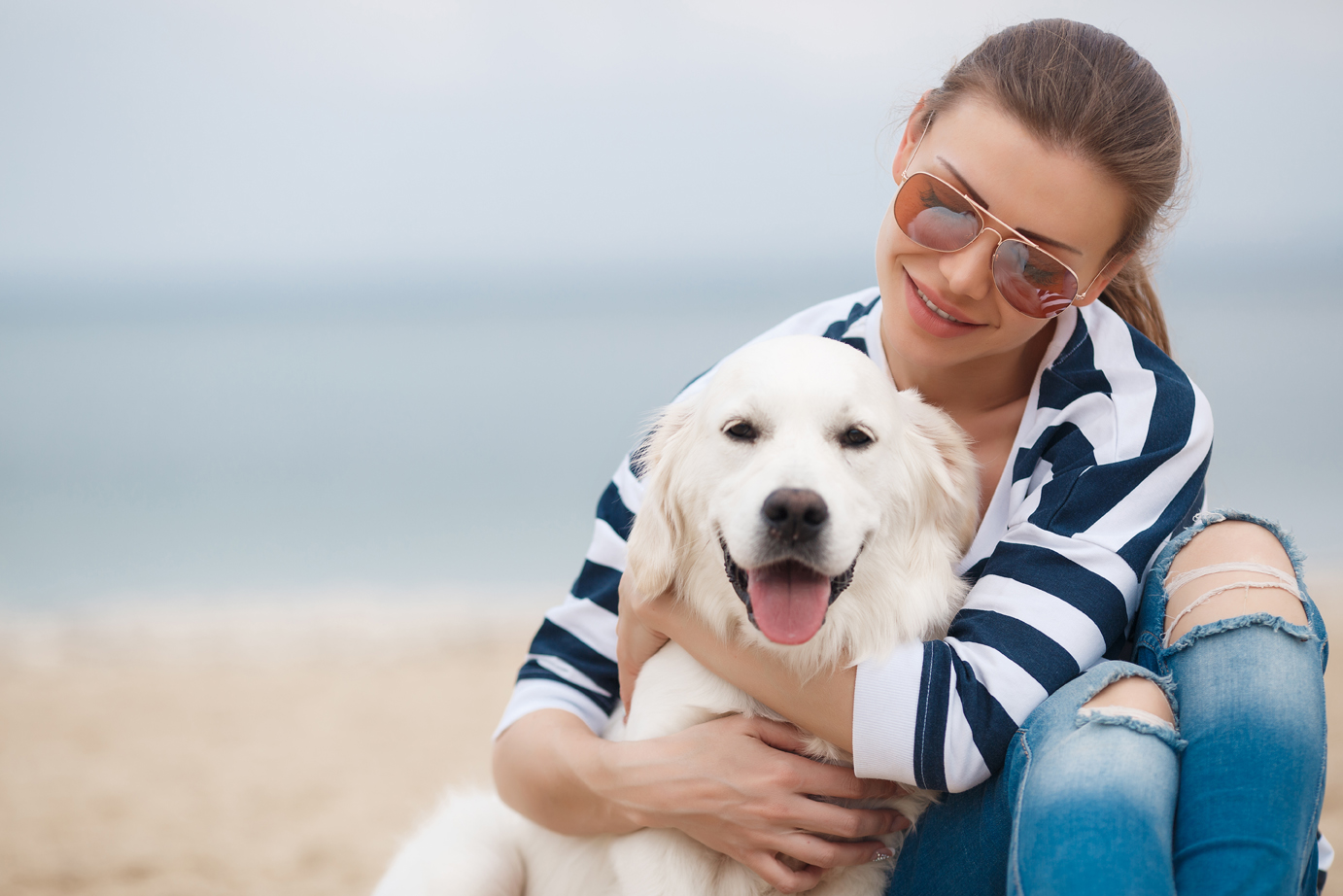Warnings about Lyme disease are rampant across the internet. Experts are warning pet parents to be cautious of this disease epidemic, which poses a threat from early spring until the temperature dips below freezing. But while most people know to be vigilant about protecting their animal companions, they often forget about their own wellbeing. Luckily, defense against tick-borne diseases may actually be easier if you share your environment with a dog.
Stop Lyme One Health campaign
In an effort to protect all potential victims of Lyme – both canine and human – the American Veterinary Medical Association (AVMA) and the non-profit Global Lyme Alliance joined forces to launch the Stop Lyme One Health campaign. This public awareness crusade aims to focus on disease in animals in order to positively impact human health.
Medical professionals often have a difficult time diagnosing Lyme disease in their human patients. But unlike human medicine, Lyme has been a priority for veterinarians in recent years – and this is good news for both species. “It’s vital we work alongside physicians to enhance the understanding of disease affecting human and animal patients,” says veterinarian Dr. Ron DeHaven, AVMA CEO. “More today than ever, we live in the same environment as our pets, and this can be especially true for our children. If Lyme disease is diagnosed in a person, it’s very possible that the family dog has also been exposed, and visa versa.”
While there is a vaccine and many tick-repelling products available for animals, neither of these methods of protection are available for people. “Currently, we can do more to protect our dogs than we can ourselves [and] that’s scary,” said veterinarian Dr. Natalie Marks, an advocate for Stop Lyme. Last year, Marks and Dr. Patricia DeLaMora, a pediatrician and infectious disease specialist, embarked on a national satellite TV tour to launch the campaign, and to raise awareness for tick disease and prevention. “Not talking about it helps no one,” says Dr. DeLaMora. “For sure, we need to encourage further research and to pay attention to what’s happening in the environment. Another reason why paying attention to dogs matters.”








